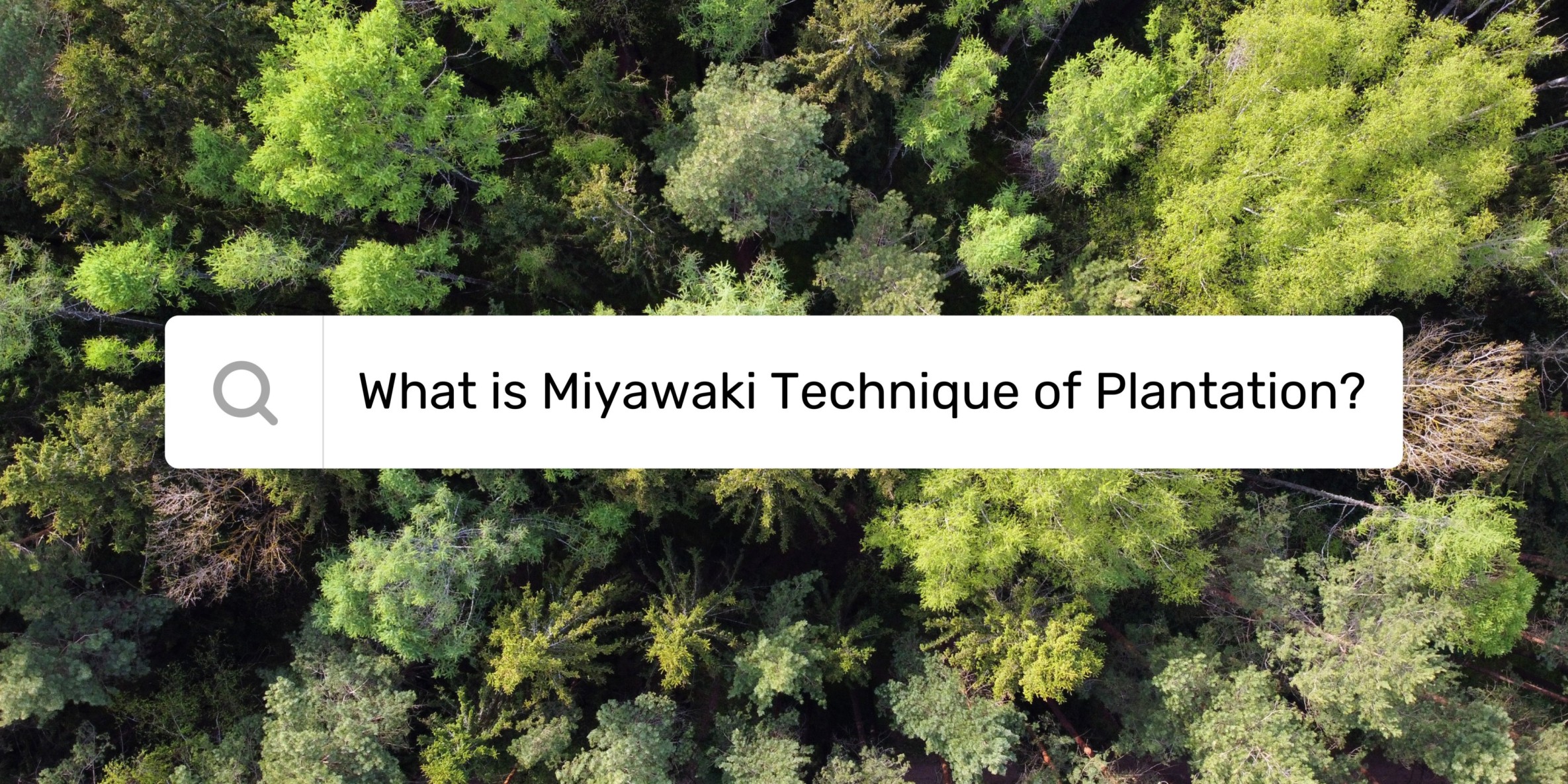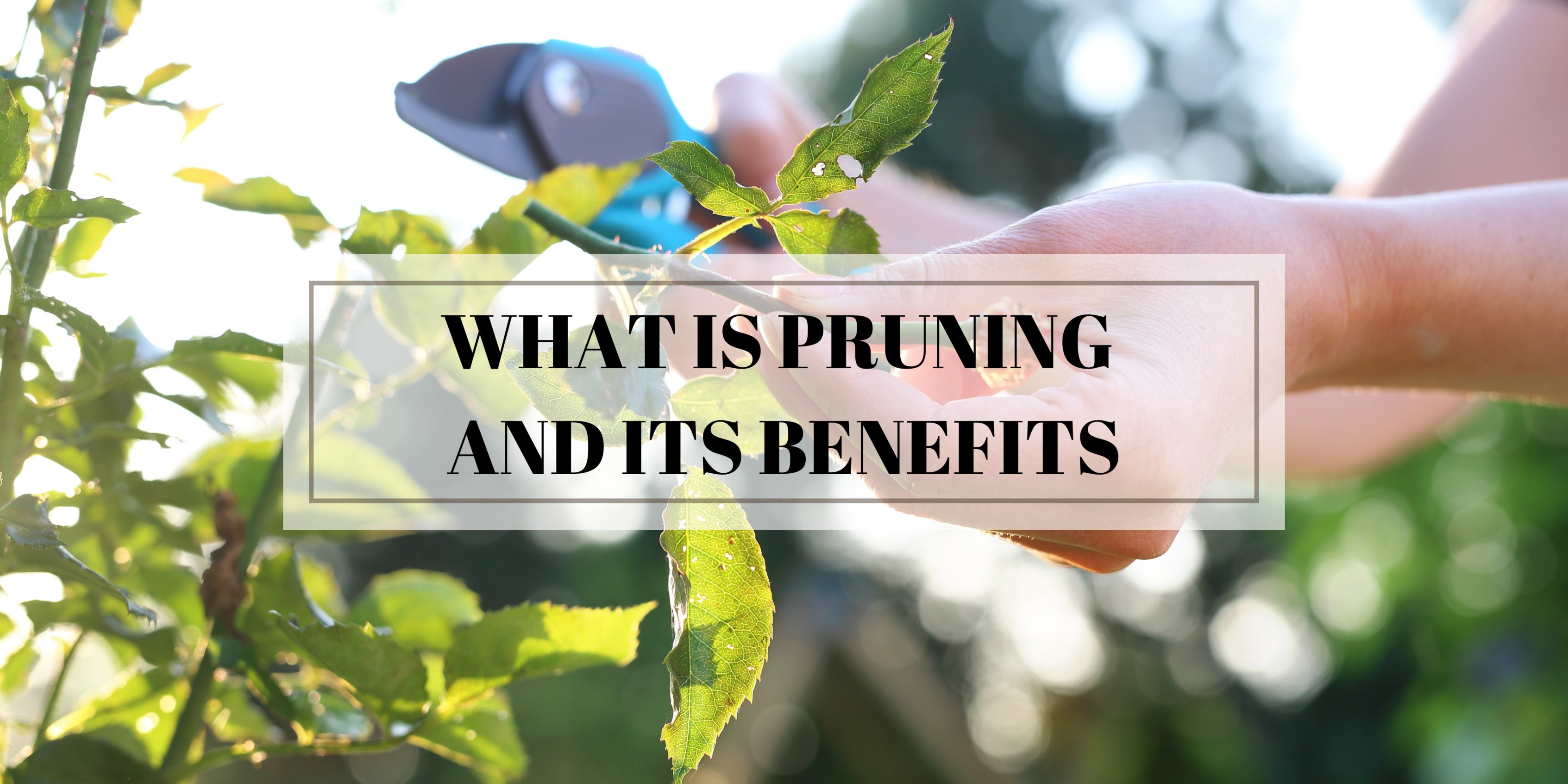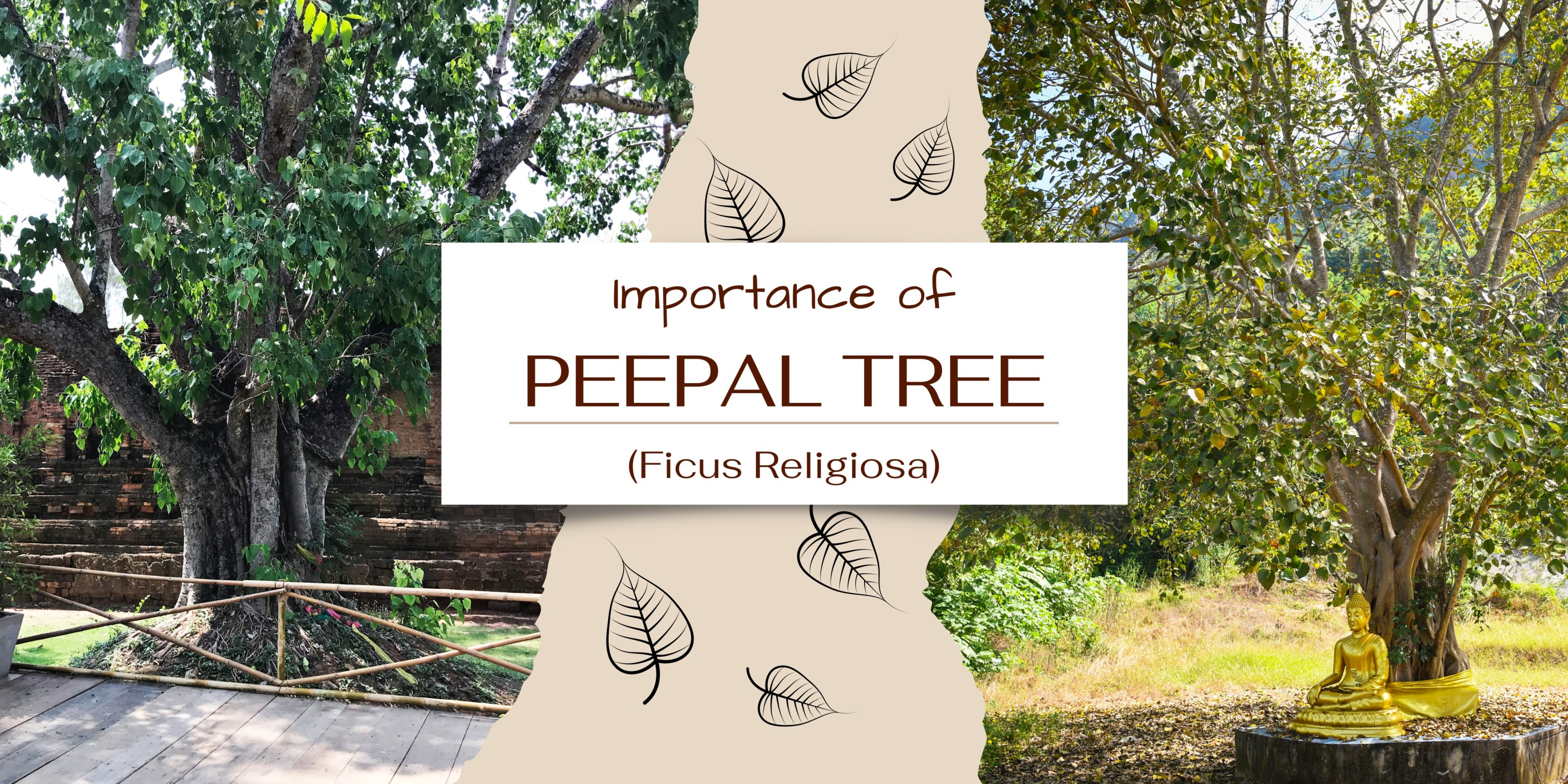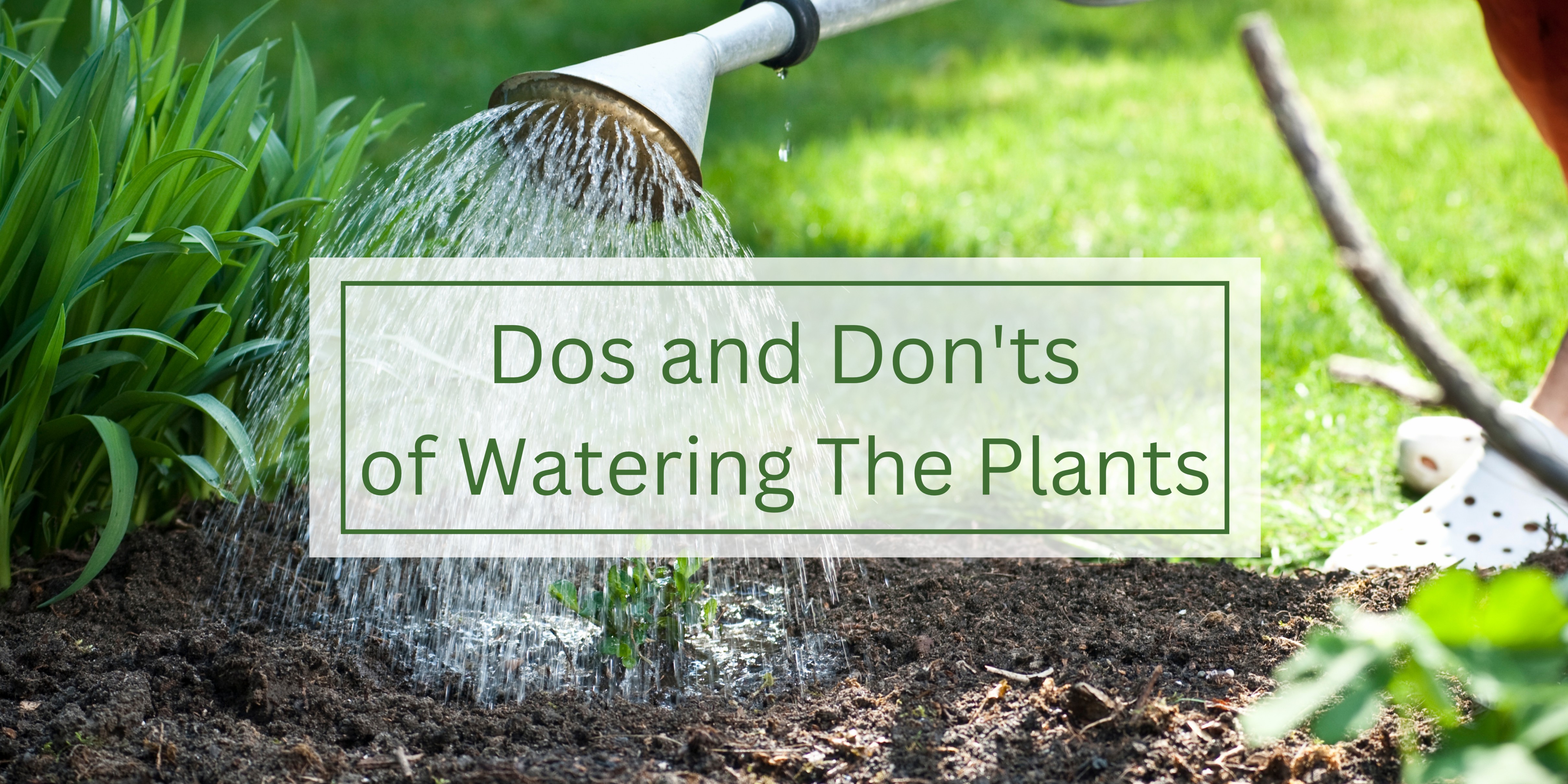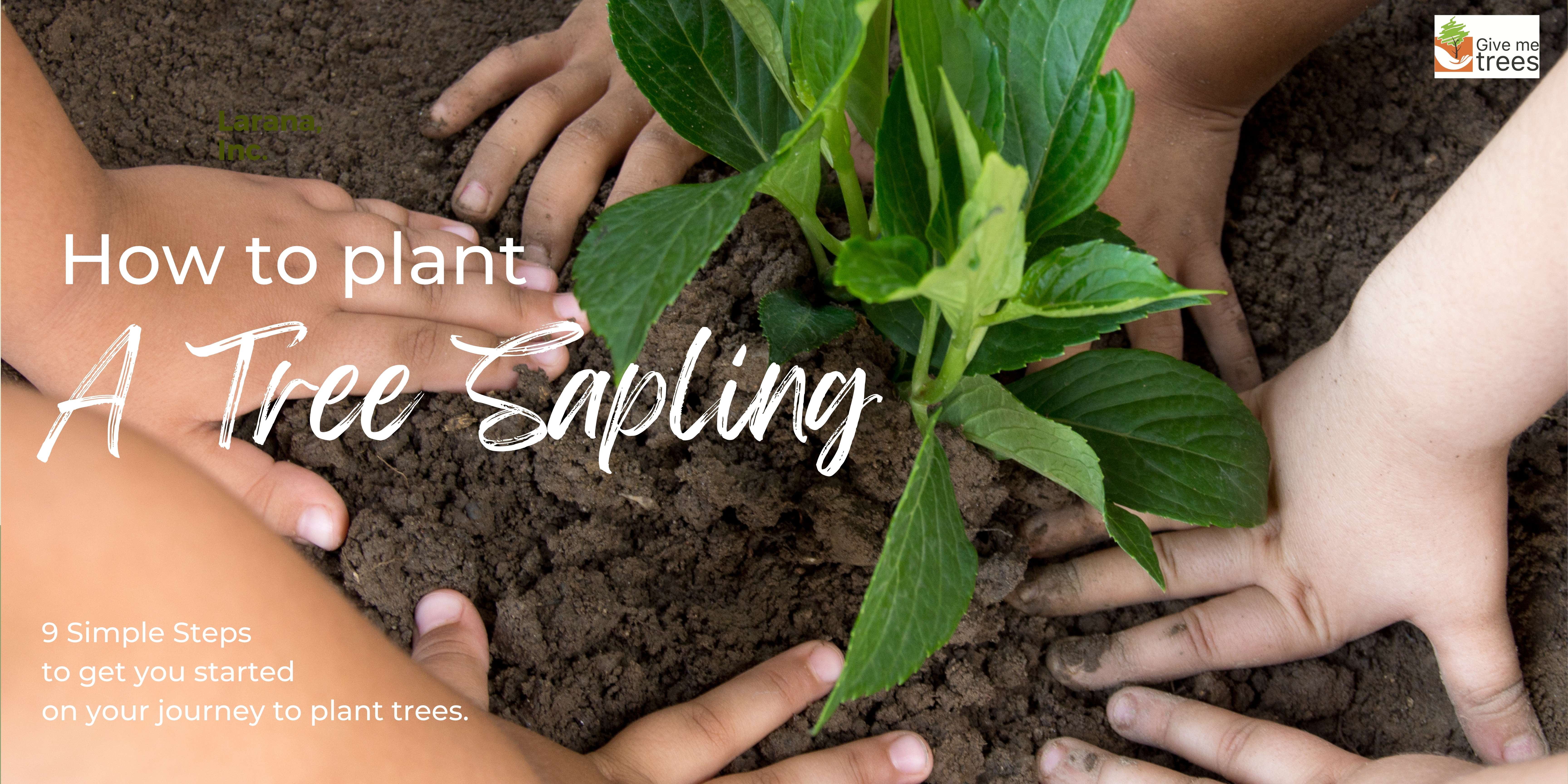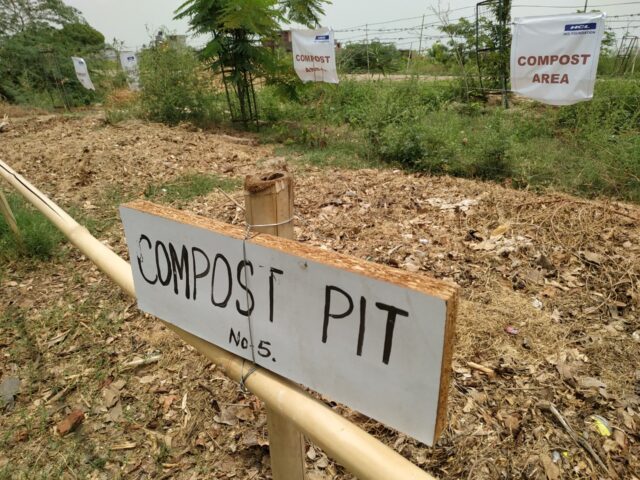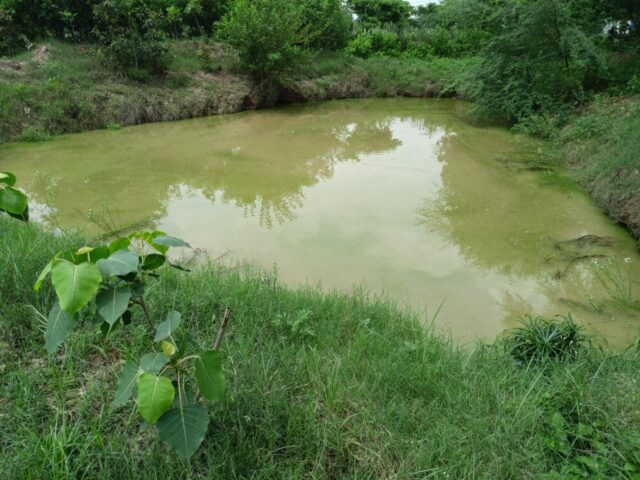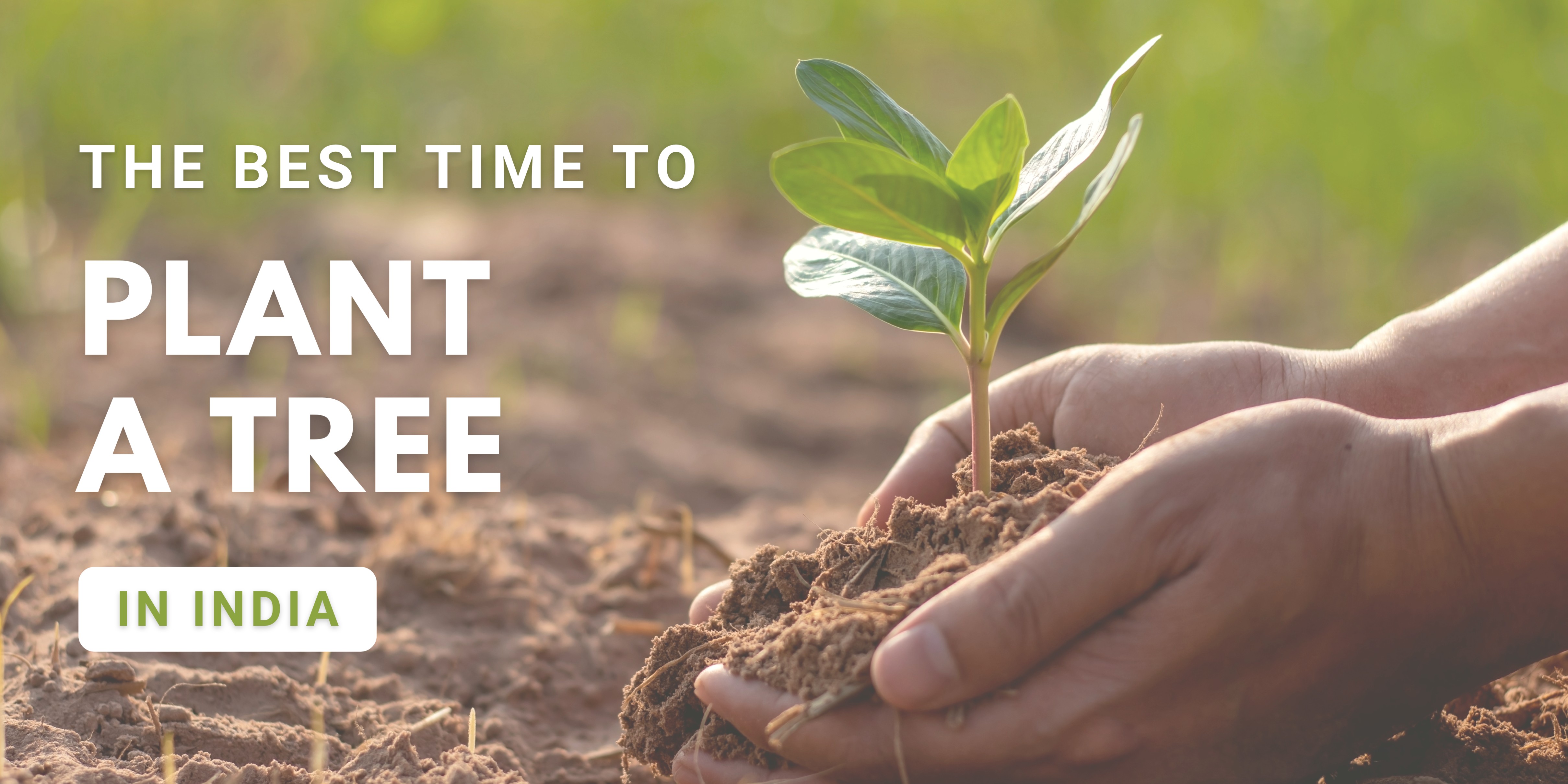
India, with its diverse geography and climate, offers a rich canvas for the planting of trees. The country's varied terrains, from the Himalayas in the north to the coastal plains in the south, bring unique challenges and opportunities for tree planting. Let's explore the best times to plant a tree in India, taking into account different terrains and regions across the country.
1. Northern Plains and Himalayan Region
The northern plains and the Himalayan region experience distinct seasons. The ideal time to plant trees in this area is at the start of the monsoon season which is June. There is plenty of rainfall in July and August and a bit of rainfall in September as well. We don’t advise planting trees in July or August because due to heavy rainfall, the roots will not be able to hold the ground properly. The soil moisture during this period is optimal for tree growth, and the frequent rains provide sufficient water supply to young saplings.
Another optimal season for plantation is the Spring season i.e., the months of February and March. The reason is that it's not too dry and there is a little precipitation as well.
2. Western India (Desert and Semi-Arid Regions)
Arid and semi-arid conditions are present in the western part of India, which includes states like Rajasthan and parts of Gujarat. Planting should take place between the months of March and June (pre-monsoon months) to increase the likelihood of a tree surviving.
This time of year is favorable for sapling growth because the temperatures are relatively cooler and the soil still has some moisture. Additionally, to combat water scarcity during the dry months, water conservation techniques or drip irrigation can be used.
3. Eastern India (Tropical and Subtropical Climate)
A tropical climate is typical of the eastern parts of India, which include states like West Bengal, Odisha, and portions of Bihar. The monsoon season, which lasts from June to September, is the best time to plant trees in these areas. The plentiful rainfall during this time period supports the early growth of trees. To ensure the longevity of the plantation, it is essential to select local species that are adapted to the area's climate.
4. Southern India (Coastal and Deccan Plateau)
Combining coastal and plateau regions, southern India has a variety of climates. Both the monsoon season and the post-monsoon period, which lasts from October to December, are suitable for planting in coastal areas. The monsoon's moisture aids in the establishment of young trees, and the post-monsoon showers create a favorable environment for continued growth.
The best time to plant is in the early monsoon months of June and July in the Deccan Plateau, which includes states like Karnataka, Andhra Pradesh, and Maharashtra. As a result, the saplings can benefit from the wet weather and develop into sturdy plants before the dry season arrives.
5. Northeast India (Hilly and Rainforest Region)
Northeast India is renowned for its mountainous topography and extensive rainforests. In this area, the best time to plant trees is from March to June, just before the start of the intense monsoon rains. A healthy tree's establishment is made possible by the pre-monsoon showers and moderate temperatures.
Conclusion:
For a tree to grow and survive in India, it is essential to plant it at the proper time. Due to its favorable soil moisture and temperature conditions, the monsoon season continues to be the most preferred time for planting trees throughout various regions. However, when choosing the planting schedule, local elements like microclimates, topography, and water availability should be taken into consideration. Furthermore, selecting native tree species that are adapted to the area will not only ensure their survival but also help to preserve India's diverse biodiversity. So let's don our gardening tools and help make India greener.
Liked It? Pin It!

.png)












